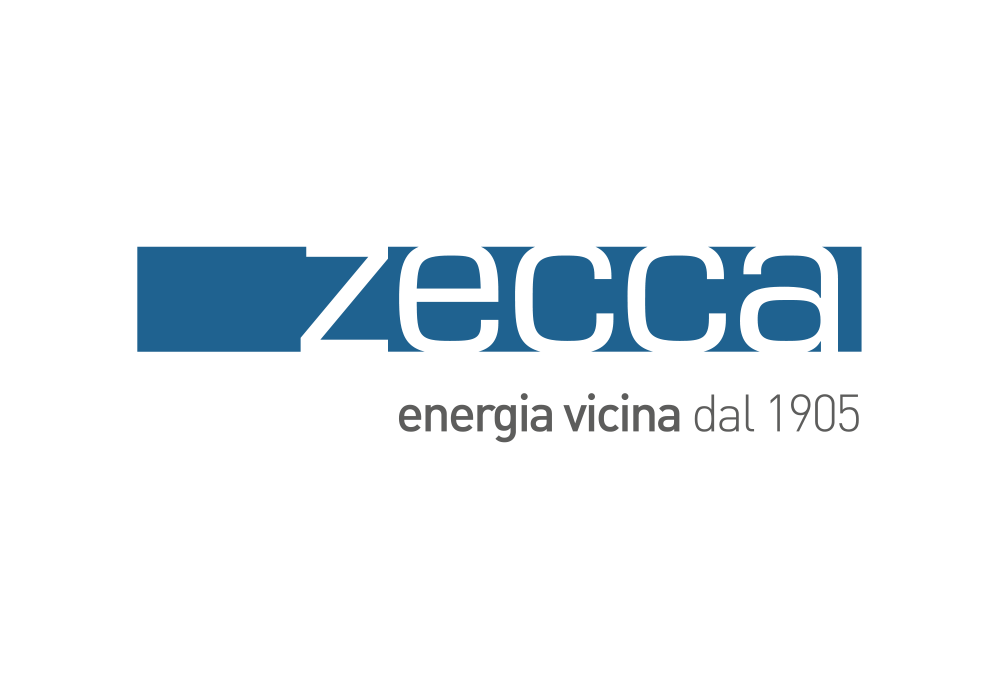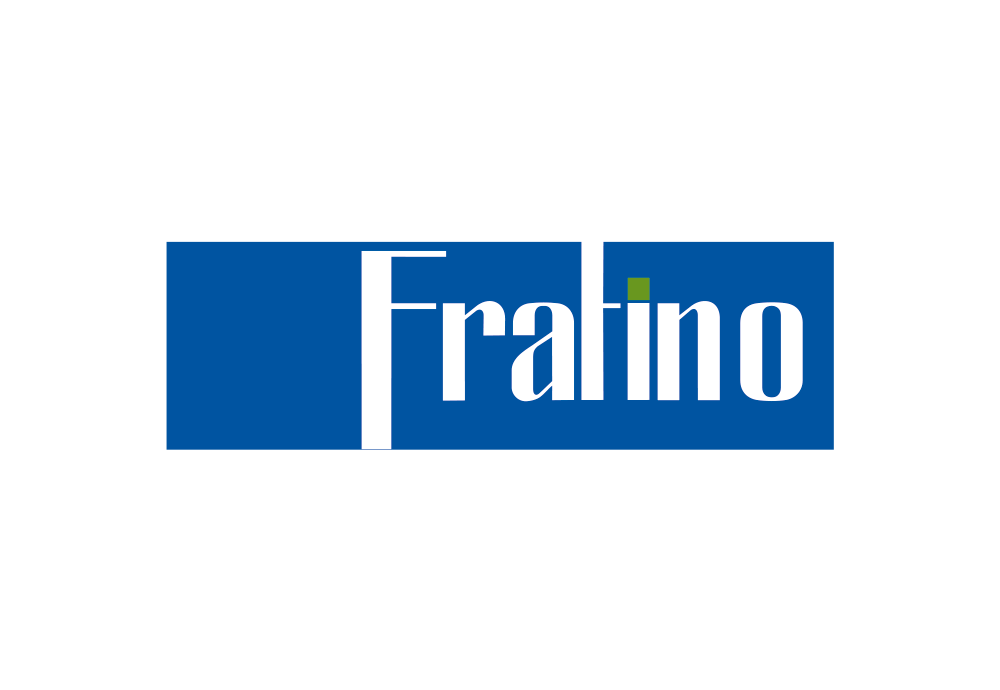STILLS OF PEACE
AND EVERYDAY LIFE Ed.XI
Italy and Mexico: Global Humanity
JUL 6 – SEPT 8, 2024 / ATRI (TE) – PESCARA


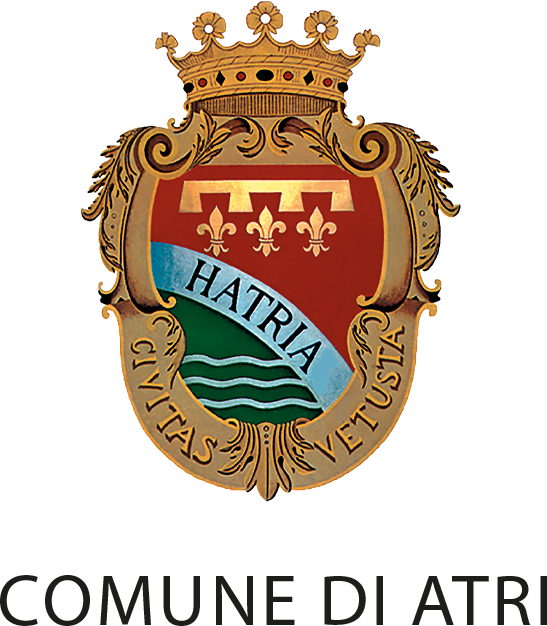

STILLS OF PEACE AND EVERYDAY LIFE. EDITION XI
Italy and Mexico: GLOBAL HUMANITY
We have now reached the eleventh edition of this Review, which since its inception has chosen contemporary art as a medium of peace, knowledge and dialogue between peoples, between cultures that are apparently different but share very similar values of humanity. After the celebrations of a very important anniversary in 2023 with ten countries in dialogue on non-violence, this year the host country is Mexico and the theme chosen is Global Humanity, understood as sentiment, mutual aid, understanding, empathy and love of neighbour, in other words, as a sense of humanity.
The invitation we are issuing is to question ourselves on Global Humanity as an inescapable value and on culture as a strategic element to regenerate Peace and as the foundation of a process of recognition, too often denied, of differences and diversities, cultural, social, linguistic, religious, understood as founding values of a global democracy.
There is a perfect correspondence between the principles that inspire the Stills of Peace and Everyday Life – Fragments of Peace in Everyday Life Review and Mexico, a nation that, despite being torn apart by organised crime, the monster of drug trafficking, migratory crises and the tragedy of the border with the United States, does not stop pulsating and celebrating the joy of living.
This is the food for thought and the starting point of the investigation into Global Humanity, and the five exhibitions hosted in Atri and Pescara, in the Cisterns of Palazzo Acquaviva, the Archaeological Museum and the new space s.l.m. 00 in Pescara, fall within this context. In the courtyard of Atri’s Palazzo Acquaviva, six appointments with a selection of Mexican directors are also organised in this edition. During the sixty-five days of the Review, from 6 July to 8 September, various appointments in collaboration with the Oasi dei Calanchi and the Spazio Matta as well as finissage in the Atri Municipal Theatre.
Giovanna Dello Iacono, Artistic Director of the Fondazione Aria
PROGRAM:
MA.CO. / Marathon of the Contemporary
July 6, 6 p.m. / Atri
Cortile di Palazzo Acquaviva – Opening of the Stills of Peace Review directed by Giovanna Dello Iacono
Visit of the exhibitions S.o.P. – Cisterne di Palazzo Acquaviva and Museo Archeologico
July 7, 6 p.m. / Pescara
s.l.m. 00 – zerozerosullivellodelmare – Opening of the exhibition Flânerie curated by Paolo Dell’Elce
SPAZIO MATTA / PESCARA
Rumbos de vida. Curated by Giulia Palladini and Rodolfo Suárez Molnar
July 7, 9 p.m.
The left eye open and the right eye closed / Teatro Ojo in collaboration with Gisela Cortés and Juan Ernesto Díaz
July 20, 7 p.m.
Tell me how it ends / Sara Leghissa on texts by Valeria Luiselli
Cortile di palazzo Acquaviva / Atri
Cine México curated by Pino Bruni
Review of Mexican cinema in original language, with subtitles
8, 15, 22, 29 July / 5, 19 August 2024 – 9 p.m.
September 8, 6 p.m.
Finissage Stills of Peace
Teatro Comunale di Atri – Screening of the short films by Mexican artist Damián Comas, Against Beauty (2023), Cuerpos de Sal (2019, made with Atonatiuh Bracho) and the Spain-Italy documentary Lacanianos (2023). Curated by Eva Comuzzi
EXHIBITIONS:
JUL 6 – SEPT 8, 2024
ATRI – 10.00 – 12.00 / 16.30 – 19.30 / 21.00 – 23.00 / Closed Monday morning
PESCARA – 17.00 – 21.00 / From Tuesday to Saturday
FREE ENTRY
Cisterne di Palazzo Acquaviva – Atri
Rumbos de vida
Francis Alys, Sara Leghissa, Francisco Mata Rosas, Monica Mayer, Rosa María Robles, Francisco Toledo, Antonio Turok, Teatro Ojo.
Curated by Giulia Palladini and Rodolfo Suárez Molnar
Project created in collaboration with UAM Fronteras.
“We teach girls and boys to speak the truth, which means, from their heart”. These now legendary words pronounced by Sub-commander Marcos, perhaps the most important Mexican poet of his generation, underlie the political vision on which the 1994 Zapatista revolt was founded: the guerrilla movement started in Chiapas exactly thirty years ago and it soon spread as a contagious element of political passion throughout the world. The Zapatista movement has made words and music, dance and celebration, integral parts of the arsenal of a fight that does not aim to impose a specific shape to the world, but to affirm that another world is possible: a world that contains all the others.
In a certain sense, this is the desire of the Rumbos de vida exhibition: to bring together under one roof works that reflect and take a position on crucial issues to the political and social history of contemporary Mexico, among these: forced disappearances, migrations, gender violence, but also political resistance. Taken together, both the works portrayed in the exhibition and the performative interventions that make up Rumbos de Vida, form a sort of song, always painful, but at the same time hopeful: it is the microcosm of the imagination in power, in this, these wounds are only a part of the shameful global history of infamy and oppression, which characterises all eras and transversely all nations.
Cisterne di Palazzo Acquaviva – Atri
Towards where
Bruno Ceccobelli
Curated by Antonio Zimarino
The first exhibition, hosted in the large hall of the Scuderie, presents a selection of works from the Iridi – Pupille series by Bruno Ceccobelli, a master of contemporary Italian painting. The title is intended to emphasise how the artist proposes, in line with his long-standing formal and visual research, an ethical and profound approach to art: the study of the physical and symbolic characteristics of forms and materials in their relationships generates the ‘poetic’ experience of art, the one that opens us up to further senses and meanings, allowing us to cast our gaze towards further horizons of meaning.
Through what
Luciano Sozio e Simone Camerlengo
Curated by Antonio Zimarino
In the following rooms, a second, separate but contiguous exhibition reflects on what ‘today’s’ poetic roots are. Luciano Sozio and Simone Camerlengo, with a similar ethical authenticity substance, show the two necessary and fundamental approaches to restoring a sense and a poetic horizon to contemporary art: Camerlengo recovers the poetic ‘root’ of gesture and instant, critically and ironically deconstructing all visual, spatial and conceptual rhetoric. Sozio tackles a critical, analytical and intimate reconstruction of the image to reveal its powerful memorial, metaphorical and poetic consistency.
Museo archeologico – Atri
superlunar or celestial
vito bucciarelli
Curated by Mariano Cipollini
An artist as concrete as he is visionary.
His entire work is a eulogy to creative madness based on the unknown and its mysteries. It is pushing beyond what knows no boundaries, if not those dictated by a cosmic vision of space capable of accommodating evolved existential passages. Between what is tangible and what is visible, he slowly weaves gravitational relationships within time texture that free him from the barrier of a physicality that would reduce his canonical behavioural expressions.
Daring projections of ‘deep spaces’. Orbits that increase and modify the liberating power from a gravity that his ‘Psychonaut’ can no longer conceive and from which he distances himself in search of an increasingly rarefied corporeity, extended in an indefinable space but, at the same time, perceptible through the senses.
He conceives works, whose circular, perennial rotations, in which ether, the fifth essence, is a matter distinct from the corruptible world, different from the four sublunar elements. The “Man” who, in his long journey, while preserving his millenary history intact, is an anticipator of futuristic frontiers of being in a cosmic becoming. The hologram that materialises him is like a North Star to conceive virginal spaces in a cosmos where time panders to physics, matter and the psychological references of the soul, without which he could not exist. His relativity, often punctuated by the uncertainties of the unknown, becomes a new axiom from which to draw possible substitute existential paths, built on pauses, a before and an after.
The fifth essence and its timing allow Bucciarelli, his ‘Psychonaut’ and parts of intelligences that have never been activated, to find evolved rotations coinciding with perfection, in an attempt to rejoin the primary parent essence, regardless of creeds. Metaphysical expansions that show us possible paths that can be taken by a humanity in search of itself.
s.l.m. 00 – zerozerosullivellodelmare / pescara
Flânerie
Jill Hartley
Curated by Paolo Dell’Elce
Jill Hartley began her long journey with her camera along the streets of an worn-out Poland, which was preparing for the great internal social and political upheavals that had repercussions on the whole of Europe and that constituted the prodromes of the collapse of Communism and the Soviet Union at the end of the 1970s. Jill was an acute and discreet witness of this exceptionally important moment in history. Her photographing ‘on her two legs’ gave her the opportunity to encounter events, almost to foresee them, and then to capture them with her camera at the maximum correspondence moment. The most important event that the young photographer exposed herself to and could no longer escape was the epiphany of what is human. Love, as longing for life, as hope and as a dream, is the ‘prime reason’ that drives Jill to wander the world. After Poland, Jill Hartley fell in love with Mexico to the point of choosing it as the country where to live and work in: ‘How can you explain a spell? It might have something to do with what we are missing at a certain moment. I suppose Mexico was like an antidote to my life in Paris’. Since the 1980s, she has been photographing on Mexican soil on several occasions and, as she had already done in Poland, Jill has managed to deeply connect with the places and their inhabitants and her photographic work is as close as possible to the anthropic dimension in which she is embedded.
CINEMA:
Cortile di Palazzo Acquaviva – Atri
CineMéxico – review of Mexican cinema
in original language with subtitles.
Curated by Pino Bruni
8, 15, 22 July / 5, 19 August 2024 – 9 p.m.
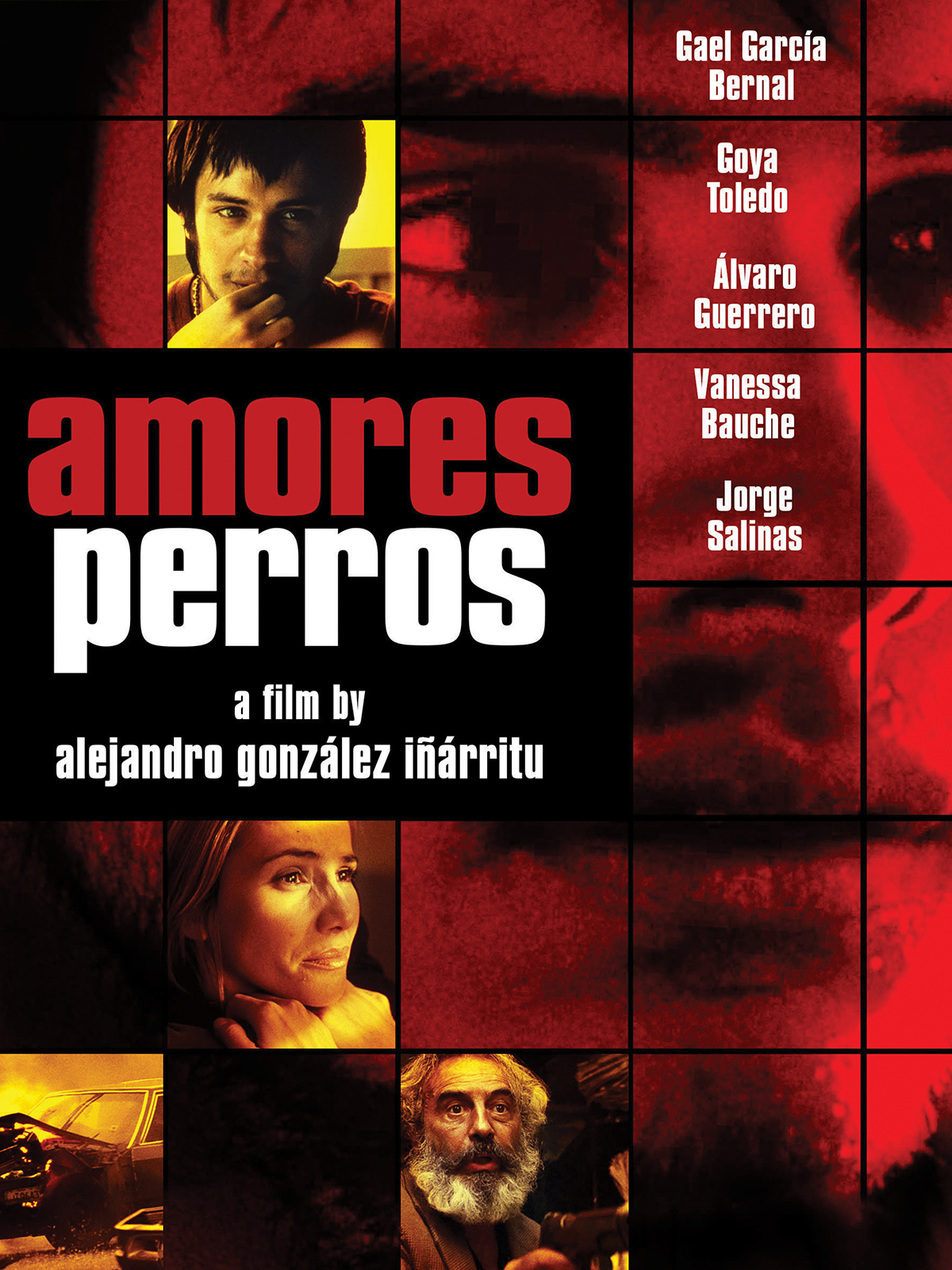
Monday 8 July – 9 p.m.
Amores perros (2000) by Alejandro González Iñárritu
The masterpiece that introduced Iñárritu to the general public is the first chapter of the death trilogy, continued with 21 grams and Babel. Three stories intersect against the backdrop of a convulsive Mexico City. The young proletarian Octavio, in love with Susana, the teenage wife of his violent criminal brother, sets out to run away with her and tries to scrape together the necessary money by introducing his dog into an underground fighting ring: but this is only the beginning. The Mexican filmmaker’s is a tough, violent, disenchanted, angry, bitter, desperate debut. Adjectives that for the director constitute the pieces of the puzzle of a megalopolis, Mexico City, which has as many contradictions as its more than twenty million inhabitants.

Monday 15 July – 9 p.m.
Roma (2018) by Alfonso Cuarón
Already from the plot, Rome (winner of the Golden Lion at Venice) is rather unusual. There is a story – understood as a succession of events, although for large stretches not much happens – but ‘seeing how it ends’ is not the most important thing. The film is about a 1970s Mexican family living in Colonia Roma, a neighbourhood in Mexico City, and it does so through the point of view of Cleo, the family’s maid and nanny. Cuarón has spoken of it as a semi-autobiographical film, composed mostly of scenes he remembers from his childhood. Roma is a personal film but full of references and links to social issues about Mexico in those years. Various critics have highlighted different themes in the film: it has been spoken of as an ‘ode to matriarchy’ but also as a ‘vivid portrait of internal conflicts and social hierarchy at the time of political unrest’.
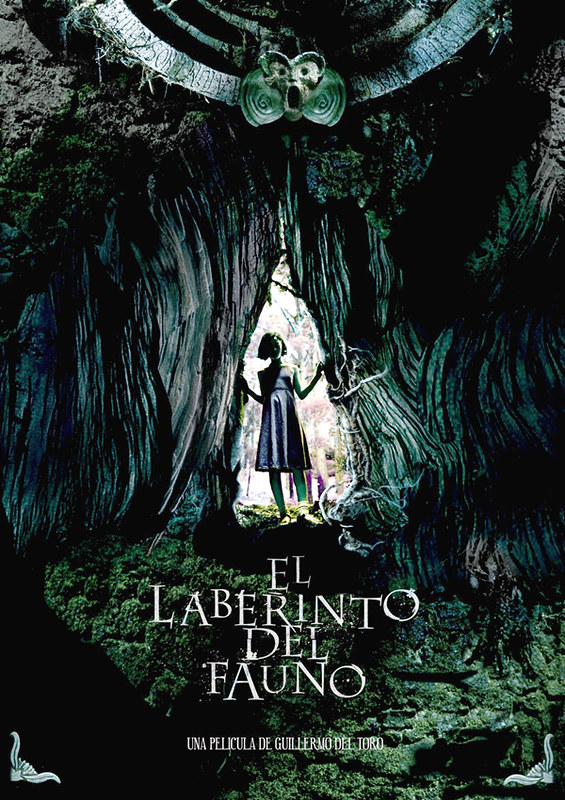
Monday 22 July – 9 p.m.
Pan’s Labyrinth (2006) by Guillermo Del Toro
In Franco’s Spain, the young Ofelia will have the chance to pursue the fairy-tale world she has dreamed of. She will meet a faun and fairies, but how much of what she will see will be real? From the inspiration of Mexican director Del Toro could only come a work so beautiful, so fascinating, but at the same time so brutal. Without the means of the mega US productions (to which the director occasionally arrives) but with an accuracy and sensitivity that often eludes those production dimensions, Del Toro speaks to us of abuses and innocence, of the search for an ‘other’ world in which to find peace without renouncing his own integrity as a human being in the making.
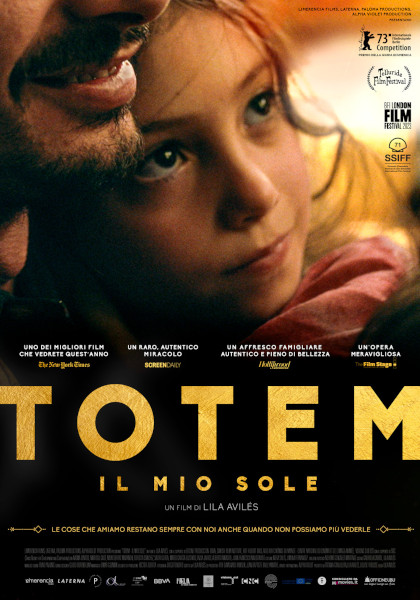
Monday 29 July – 9 p.m.
Totem – My sun (2023) by Lila Avilés
The sun illuminates the earth, we know this well. Its light and warmth are generators of life. And just like the name she bears, seven-year-old Sol brings light and warmth to everyone she meets, first and foremost her family. She is unaware, however, that her father is facing the terrible ordeal of an increasingly debilitating cancer, with all the consequences this brings to the large family living in the manor house and preparing for the man’s birthday party. Sol’s light becomes all the more necessary to make the difficult moment the family is facing less dark. Collective liturgies and individual rituals: the second work by the Mexican Lila Avilés moves between the magical and the esoteric, in a close bond with the earth and the eternal cycle of life and death.
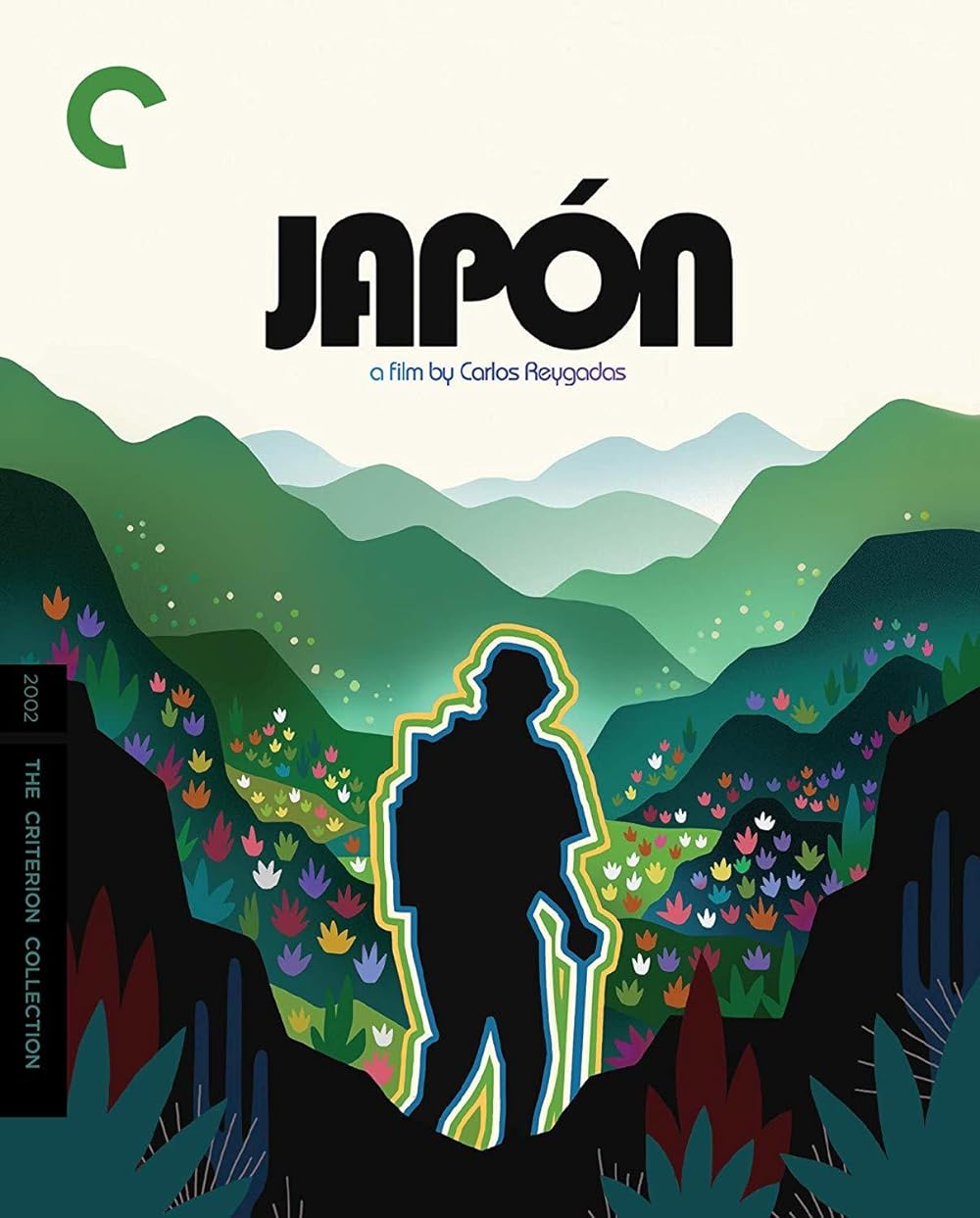
Monday 5 August – 9 p.m.
Japón (2002) by Carlos Reygadas
Camera d’or 2002 at Cannes, a first feature directed by a Mexican director who loves the cinema of Andreij Tarkovskij. The story of a man who abandons Mexico City to prepare to die far from the metropolis might be commonplace considering that it features a wise old woman who lives in contact with Nature. But it is not so because Carlos Reygadas’ gaze knows how to be original despite the declared source of inspiration.
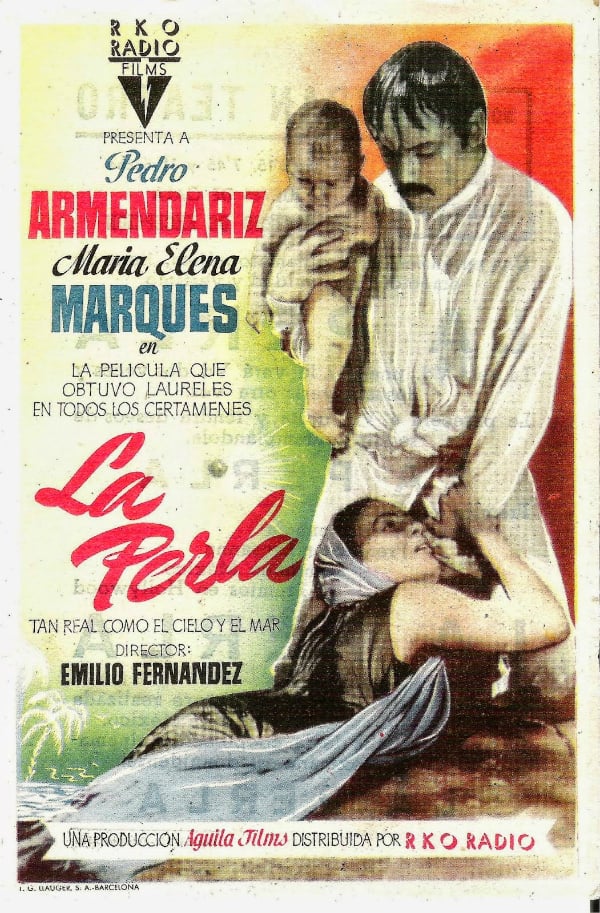
Monday 19 August – 9 p.m.
The Pearl (1947) by Emilio Fernandez
Based on a novel by John Steinbeck and awarded at Venice, embellished by Gabriel Figueroa’s black and white photography, the film tells the story of a fisherman who dreams of one day finding the pearl that would enable him and his family to escape poverty. The dream comes true, but the news arouses the greed of the man’s fellow villagers. Fernandez has a fiery vision, now hieratic, now melodramatic, of a reality that must be transfigured at all costs, even in spite of solid consistency.

Stills of Peace and Everyday Life
A RESEARCH INTO THE SENSE OF CONTEMPORANEITY
Stills of Peace and Everyday Life is a project promoted by the Aria Foundation, based on an experimental hypothesis: to realise art and culture ‘events’ through the encounter, communication and knowledge of different cultural traditions around the world. These events are intended to start building a global network of connections and collaborations which, through the production of further events, will lead to a knowledge and respect of the Cultures themselves, mutually enhancing their Beauty and depth. Sociology, Contemporary Art, Sustainable Economics, and Education are the disciplines that contribute to dialogue and deep understanding of the common humanistic and existential values that underpin each specific Culture.
Curated by:


![]()
In collaboration with:
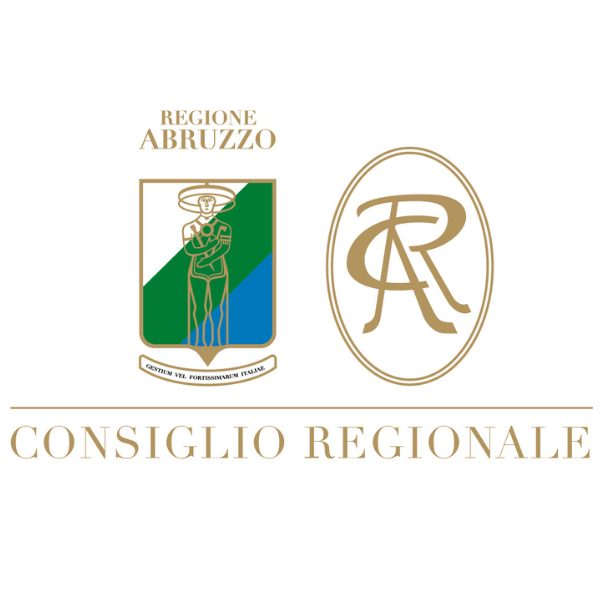
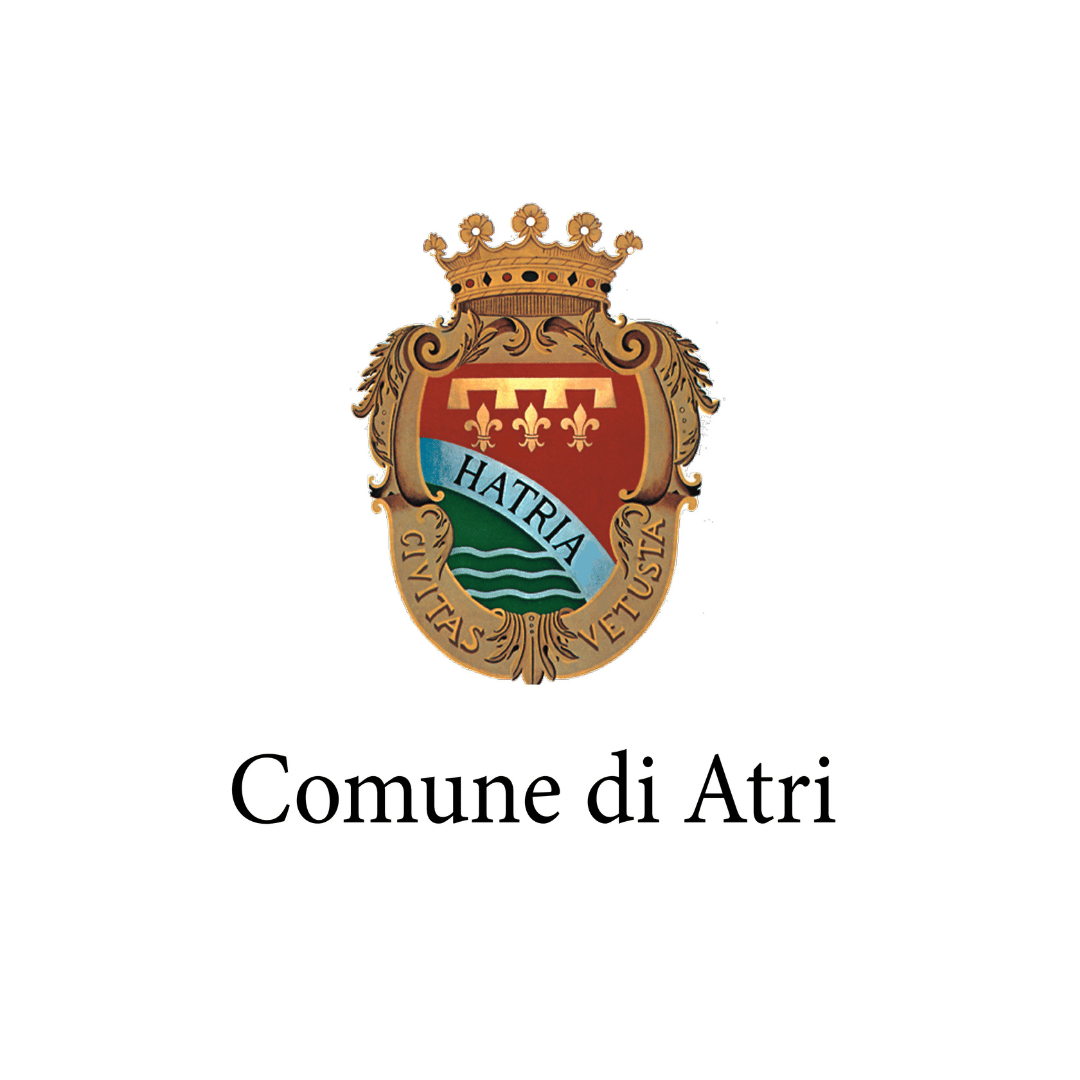
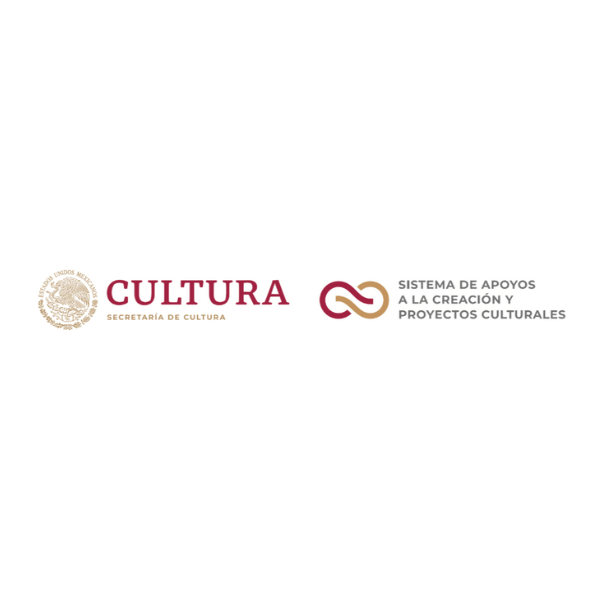
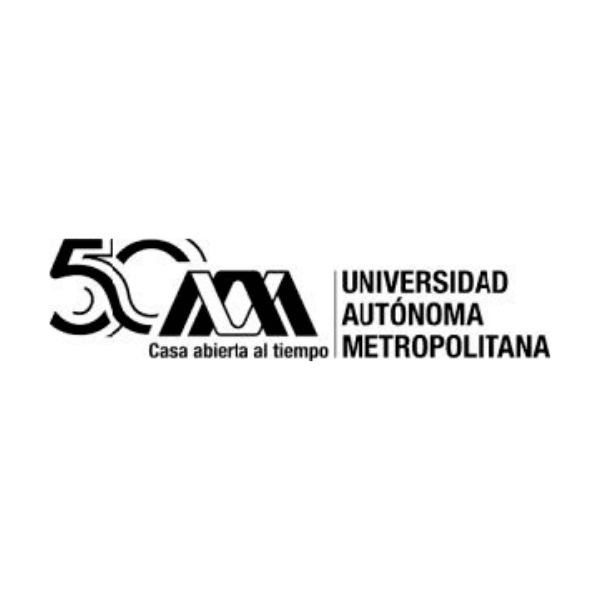
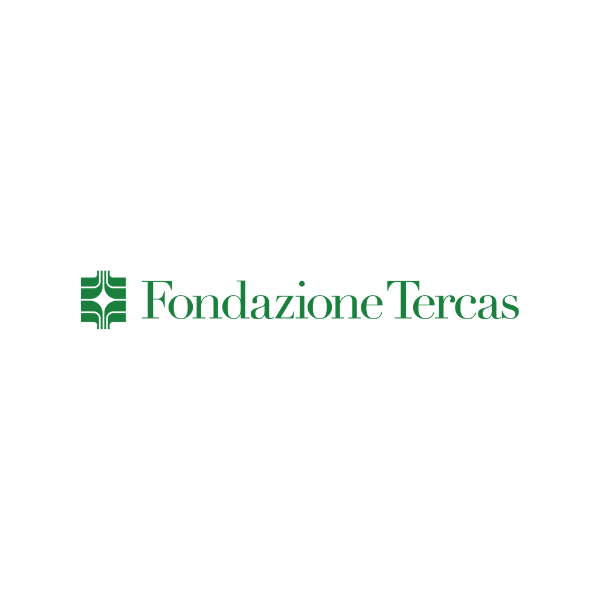
With the High Patronage of Regione Abruzzo and:
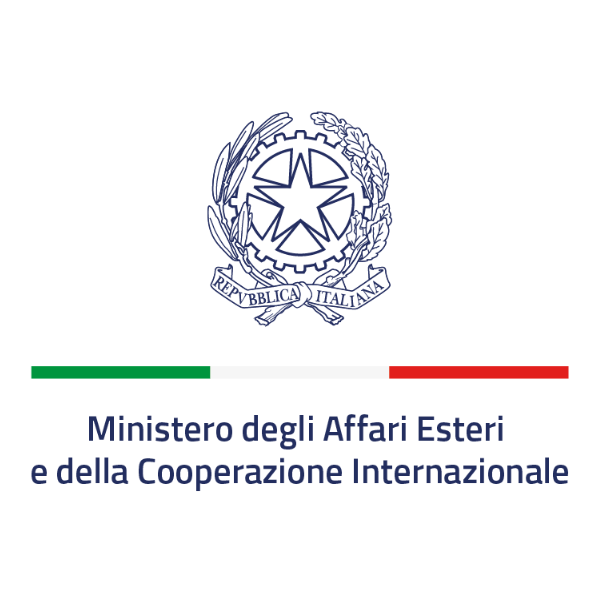
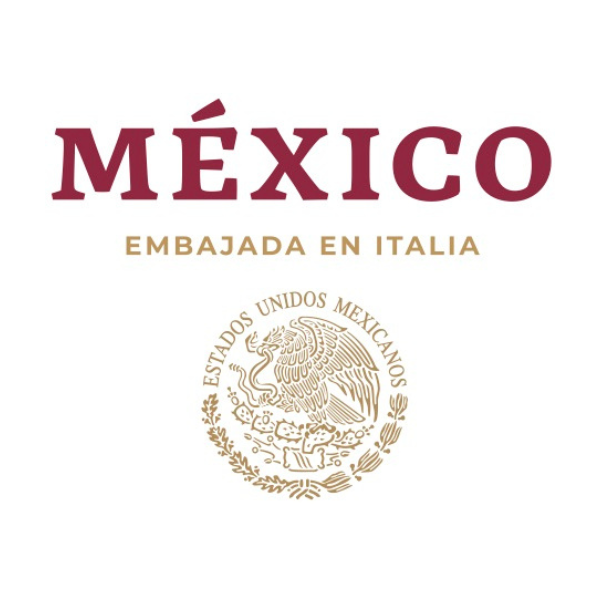
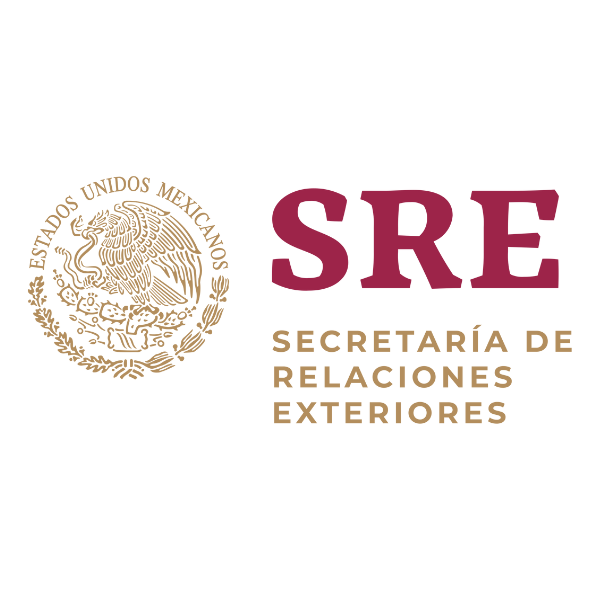
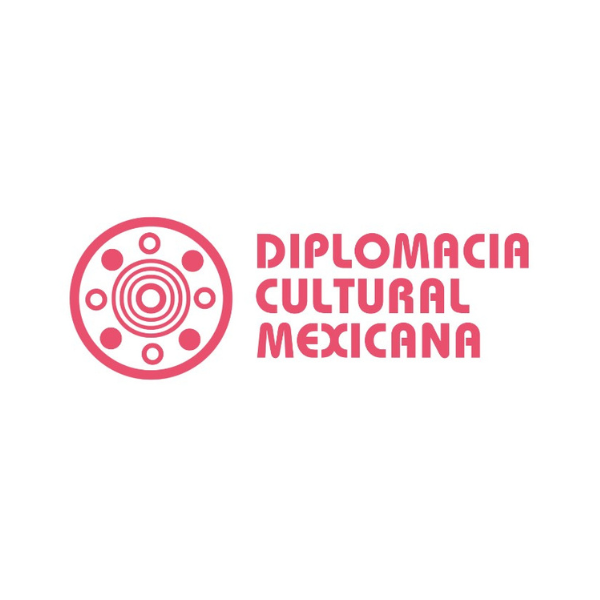

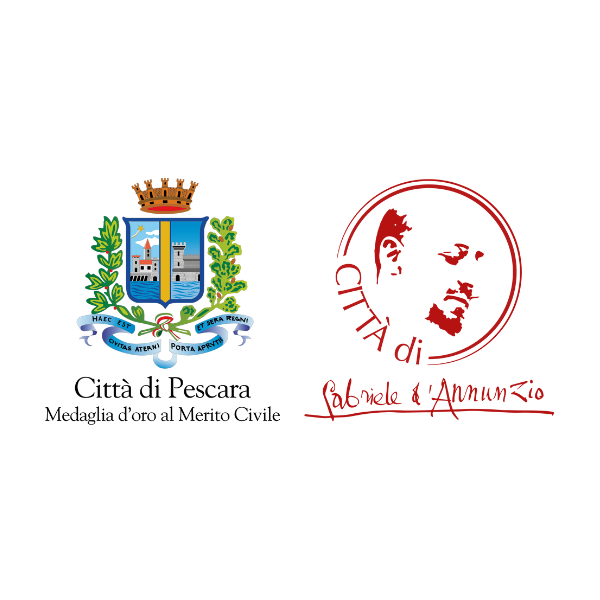

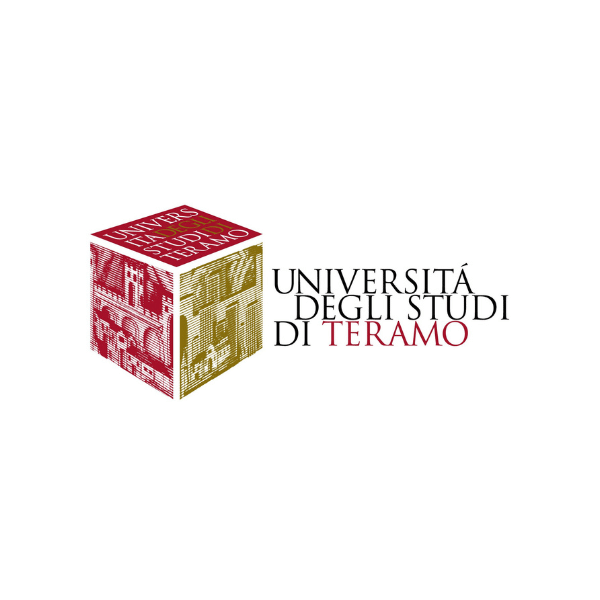
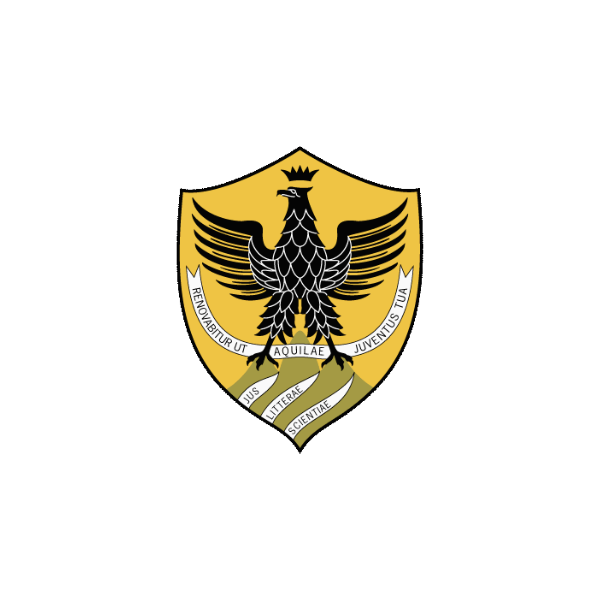
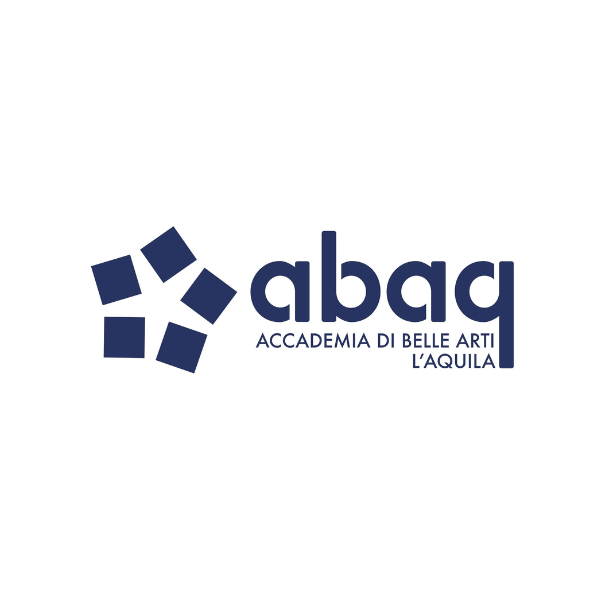
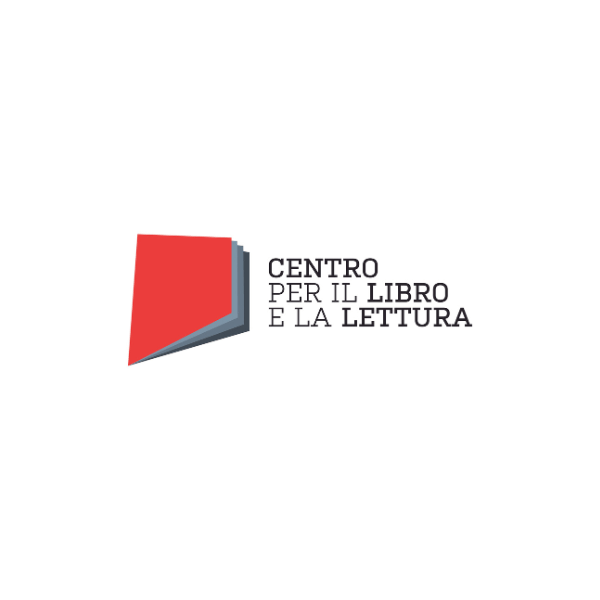
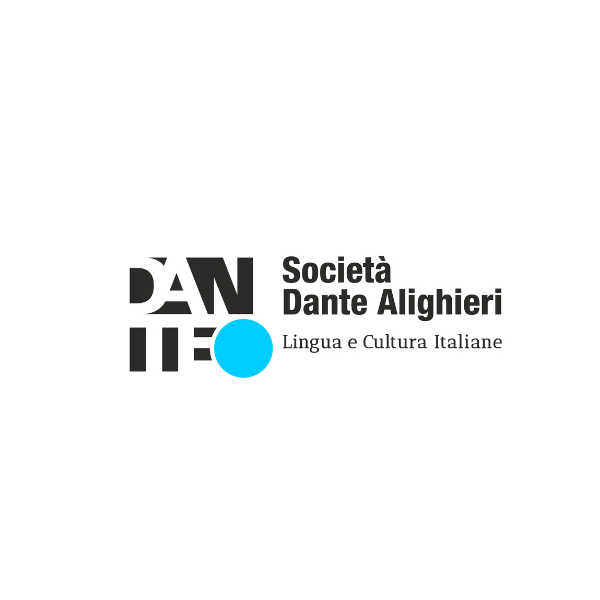
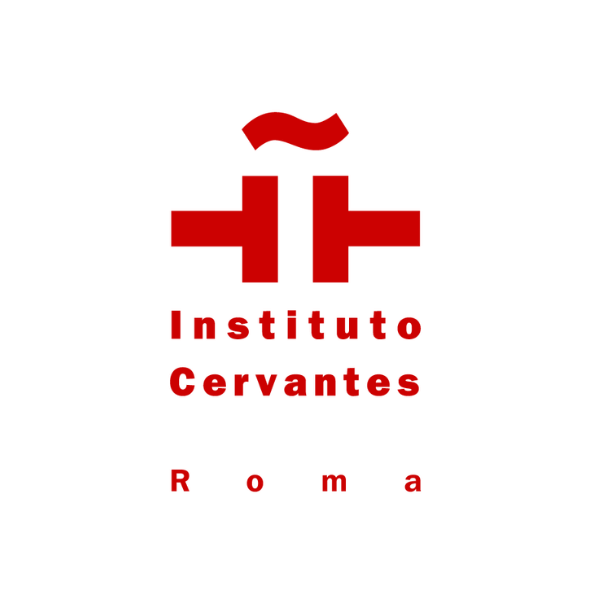
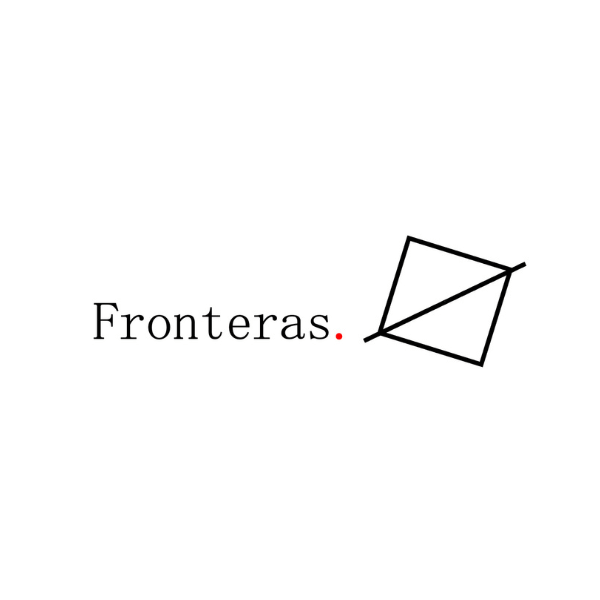
Sponsored by:




